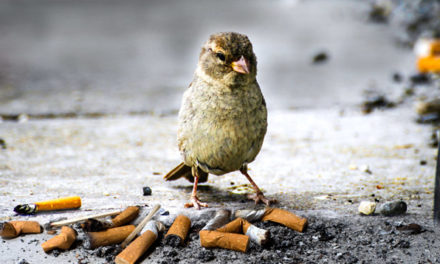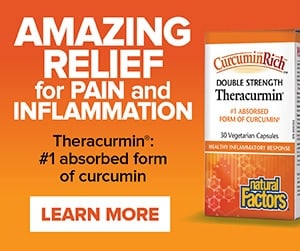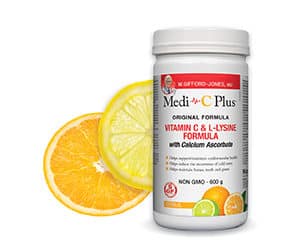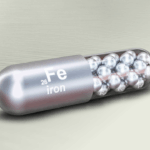
Impact on Food, Health, and Medicine
We walk on the earth daily, but most of us are unaware that the dirt under our feet affects the food we eat, the water we drink, and the air we breathe! Soil may appear as mere dirt, but it’s the very foundation upon which life on Earth begins, endures, and thrives. Soil is the fundamental source of the world’s ecosystem, comprised of a complex underground community of minerals and organic matter containing air, water, and microbial life.
Soil is where plant life begins
Soil provides the building blocks for healthy, nutritious plants and delivers nutrients like nitrogen, phosphorus, and potassium necessary to conduct photosynthesis – the foundation of life on Earth!
Soil and the carbon connection
During photosynthesis, soil provides plants with organic matter such as water (H2O) and nutrients, which helps them capture carbon dioxide (CO2) from the air and convert it into energy (glucose) and oxygen (O2) – with oxygen being released into the atmosphere. Soil deposits three times the amount of carbon in Earth’s atmosphere and four times as much as in all living plants and animals combined!
Soil is the world’s largest water filter
As the water travels through the dirt to the groundwater below, the soil miraculously removes contaminants (like bacteria and toxins) and replenishes our groundwater reservoirs with clean, fresh water.
Does nutrient-depleted soil impact food?
Almost 99% of the calories we consume each day can be linked back to soil. Soil is an extraordinarily delicate and limited resource that is not only an agricultural concern, but a matter of global food security. Nutrient-depleted soil can affect the taste and nutritional quality of the food we grow and consume. Studies suggest that the plants we eat today may not have the same vitamin and mineral content as they used to. Researchers have found fruits and vegetables to have significantly lower concentrations of minerals, including magnesium, manganese, zinc, copper, and nickel, and higher amounts of toxic minerals like aluminum, lead, and cadmium compared to a decade ago. Because of human activity, we live in an era of soil exhaustion – one-third of the world’s soil is already degraded! Industrial and modern farming practices, introduced to meet the demands of a growing global population, have led us to the depletion of this precious source. Chemical/synthetic fertilizers, pesticides, herbicides, and aggressive tillage and plowing boost crop yields, but they harm soil biodiversity, damage the soil structure, and thus make the soil more vulnerable.
The world’s silent soil crisis and medicine
We threaten our food supply, clean drinking water reservoirs, and health when we lose healthy soil. Did you know that soil plays a crucial role in the development of life-saving medicines, such as antibiotics, which have revolutionized the healthcare industry?
Surprisingly, approximately three-quarters of the antibiotics currently used in clinical practice are derived from bacteria found in soil. Yet, the rise of drug-resistant “superbugs” that no longer respond to traditional antibiotics threatens global health! Healthy soil is a hidden treasure and valuable resource in the search for potential new antibiotics to help us fight drug-resistant bacteria, safeguarding human health and preserving the efficacy of antibiotics in modern medicine.
How can we save our soil?
The key to producing healthier food is healthier soil. Returning to traditional, non-aggressive farming methods, as seen in native agriculture, will restore soil health. “Regenerative farming,” which includes planting cover crops, no-till farming (or plowing), spreading compost, moving away from synthetic fertilizers, pesticides, and herbicides, growing more diverse crops, and adding carbon, plays a key role, and will reduce soil erosion as well as carbon emissions.
From a consumer perspective, we can all play a part in promoting soil health by making informed choices and supporting sustainable practices in our daily lives.
Buy organic: Studies found that plant-based organic food has between 20–25% higher antioxidant levels (e.g., polyphenols), which may offer some health benefits. Organic animal-based foods, such as meat and dairy products, are higher in omega-3 fatty acids.
Buy locally grown food: Consume fruits and vegetables from your backyard or the organic farm closest to you. Support your local farmers and eat as much as you can locally!
Reduce food waste: Less food waste can positively impact the whole environment, especially when composted to enrich the soil for growing food.
Learn about sustainable practices to reduce your carbon footprint: Search your local community for extension centres that provide classes on everything from sustainable gardening to canning. Educate yourself and your family members about the role every one of us can play in promoting community well-being and making a difference.
Change and awareness begin with you and your household. Start today and commit to buying locally grown, organic food near you! Supply and demand are key. If you buy organic, they will produce more. When you shop, only buy what you need and compost all kitchen scraps; don’t throw them in the garbage. Teach your family how to compost using your kitchen waste and grow a small garden (you can even do that on your balcony), so kids know where food comes from. In spring, spread your compost (black gold) in your garden, and you will have the most beautiful lawn, colourful flowers, and delicious veggies on the block.













